Today, our goal was to make it to Key Largo, and I was excited. For the first time, we’d be leaving the mind-numbing Interstates in favor of smaller roads, with actual things to see along the way. But before leaving Miami, there was one stop we had to make: the oldest building in the Western Hemisphere.
Of course, it was closed.
Just to be sure, we went in the gift shop and found out that it was actually open. Hooray!
This was originally the Monastery of St. Bernard de Clairvaux, built in Sacramenia, Spain, between 1133-1144. It said to be the oldest building in the Western Hemisphere. So how did it get to North Miami Beach?
In boxes. Lots and lots of boxes (11,000, to be accurate):
For nearly 700 years, Cistercian monks occupied the monastery. Later, the property was seized during social revolution in the 1830’s and converted to a granary and stable. Finally, in 1925, William Randolph Hearst purchased the cloisters, boxed them up in carefully numbered crates, and had them shipped to the United States.
Unfortunately, hoof and mouth disease had broken out in Spain at the time, and upon arriving in the US, the boxes were broken open to burn the packing hay inside.
Worse, the stones were then randomly returned to the boxes, completely out of order. Hearst was unable to reclaim them due to financial problems, and the crates ended up in a Brooklyn warehouse for 26 years.
Finally, in 1952, W. Edgemon and R. Moss purchased the cloisters and had the crates shipped to North Miami Beach, where it was to be re-erected as a tourist attraction at a cost of nearly $1.5 million.
Walking around, it seems like everything is in the right place, though there were apparently quite a few leftover stones after the builders were finished.
I have to say, it was worth the trouble. The vaulted corridors are beautiful, and the fact that monks passed through here deep in thought over 860 years ago gives it an almost surreal aura – especially considering we were about ten minutes from the craziness of South Beach.
Also, the cloister garden is quite beautiful…
…with a well set in its patio dating to the 2nd century:
Also transported with the cloisters was the monastery’s refectory, or dining hall, which today is used by the Episcopal church that occupies the property…
…as well as the chapter house, which was used for choice practice due to its good acoustics (among other purposes). As no one else was around (probably due to the “CLOSED” sign out front), I gave it a shot and can confirm that, no matter what you sing or how bad your voice, this room makes you sound like a monk.
The monastery has two of the last three telescopic stained glass windows remaining in the world.
Much of the original monastery, including the church, still stands in Sacramenia, where it is privately owned:
Definitely recommended if you’re ever in the area, and if you go, be sure to check out the ornate 16th century Spanish hearse in the gift shop. Note the wooden rollers on the carriage top for easy coffin loading!
As we headed south out of Miami, we passed a very important landmark…
…the end of I-95! Holy crap – it actually has an end!!
Having grown up in Massachusetts, I’ve probably spent a cumulative year of my life driving on 95, whether to New York, New Hampshire, Maine, Connecticut, New Jersey, Rhode Island, DC…Needless to say, it’s very refreshing to get to a point on the east coast where 95 ceases to exist.
Taking one of the most popular recommendations we got from Scouting NY readers, we made a quick detour to Miami City Hall…
…which once was the headquarters and terminal building for Pan Am during the 1930s and 1940s (similar in design to New York’s Marine Air Terminal). Note the flying boat landing on the right…
How insanely cool would it be if the interior still looked like this?? I love the enormous globe in the center of the room.
Luckily, Miami City Hall has occupied the building since 1954, and the facade is in fantastic condition.
I love the winged globe/rising sun motif flanking the doors…
…which also runs along the top of the building, with eagles in each corner. The waves represent how the flying boats would land on water.
Nearby, three out of four of Pan Am’s original hangars are still in use for boat storage.
With plans to hit Vizcaya on our return drive (we have to leave something for the trip back to Orlando!), we continued south, stopping in Homestead for lunch. I found a well-reviewed place called Broadway Subs for lunch, and just as we came up to the address, a van exploded across the street. Neat!
We got lunch, and I had my first can of Ironbeer soda. We don’t have Ironbeer in New York (at least, not to my knowledge), and though a lot of people describe it as a fruitier Doctor Pepper, it reminded me of a combination of root and birch beer (with a fruity kick).
According to the back of the can: “On a summer’s afternoon in 1917, a mule-drawn, wooden wagon arrived at a popular cafeteria in Havana, Cuba. It delivered the first four cases of a new soft drink that would soon be called ‘The National Beverage’.” After Castro took power, its founders fled to Miami, where the formula was sold to its current owners in 1960.
Sidenote: it might not look like much from the outside, but Broadway Subs makes a really mean sandwich.
Check back tomorrow for part two of our trip to Key Largo, with one of my favorite stops so far. And I’m not the only one who liked it…
-SCOUT



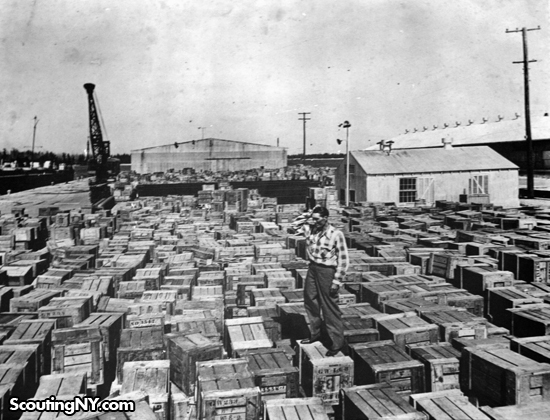
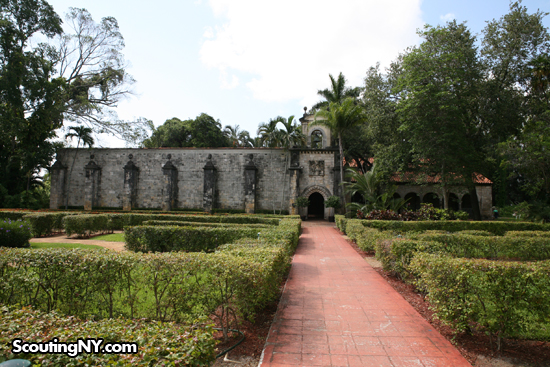


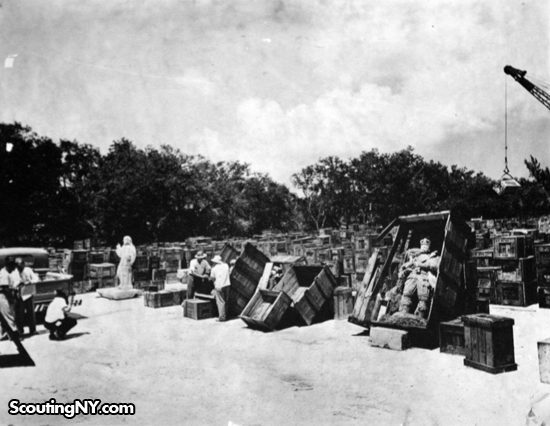
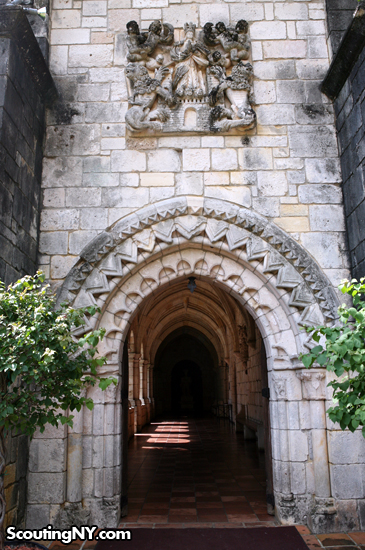

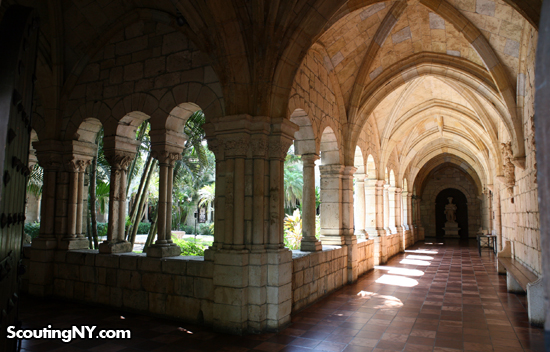
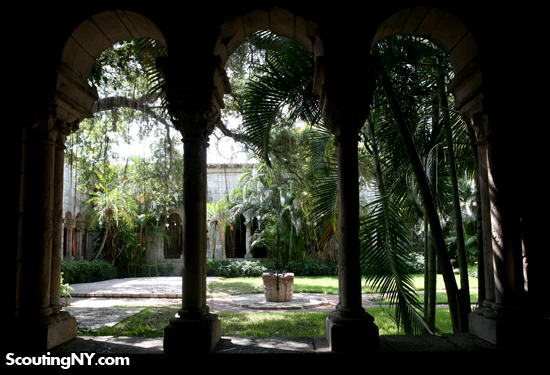
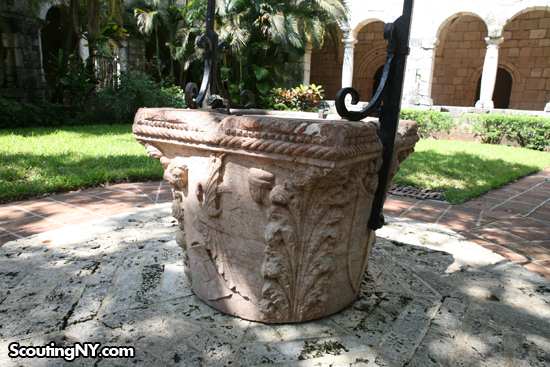
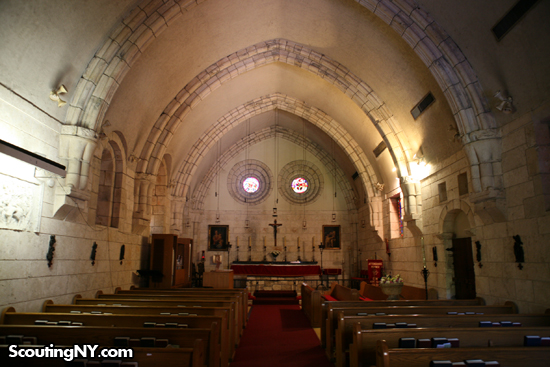

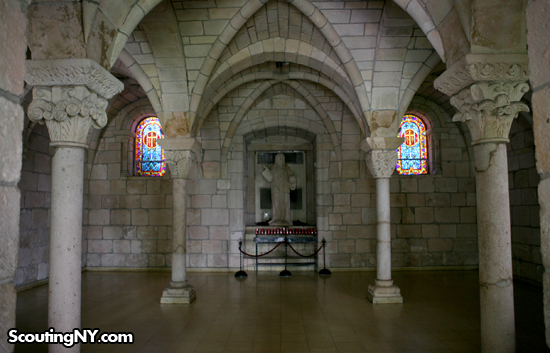



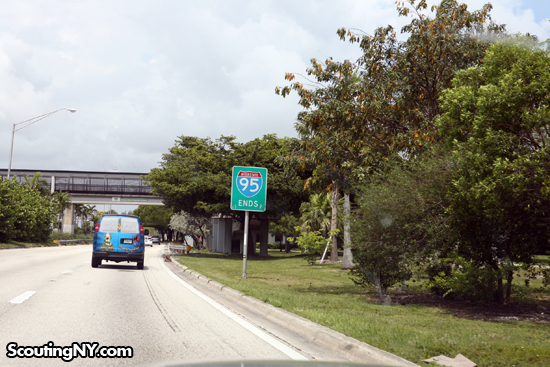
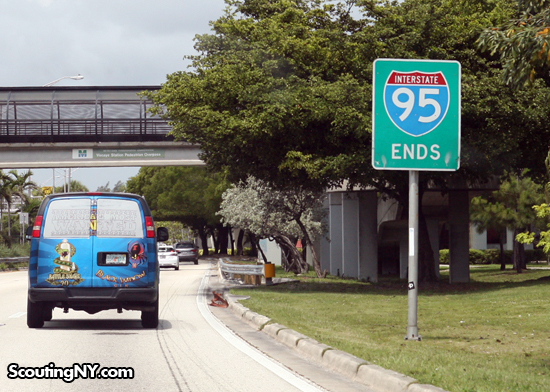


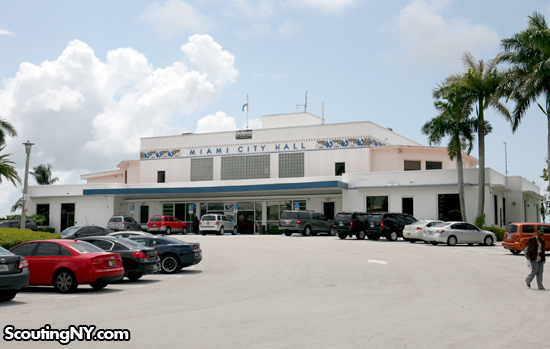



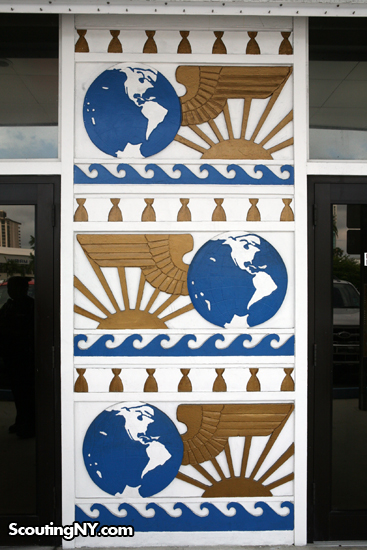

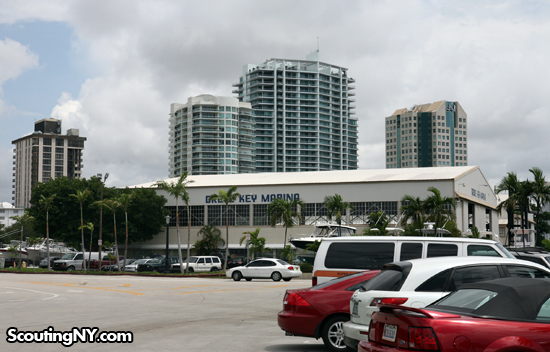






Why are they “telescopic”?
Probably because the ornamentation around the window makes the whole thing look like one of those collapsing telescopes a sea captain might use.
This is a delightful surprise. I’d never heard of this place before. Hearst never seemed to think small, did he? I’m very glad it was rescued and, once again, you have given us a wonderful tour and history. Thank you.
Glad you’re going to try to hit Vizcaya on the way back.
Iron Beer sounds a lot like the Scottish drink Irn-Bru… http://en.wikipedia.org/wiki/Irn-Bru
you can probably find Ironbeer in some bodegas or stores carrying lots of latin american products. Try Roosevelt Av/Jackson Heights!
As a resident of South Beach (which isn’t all crazy), the Spanish Monastery is something we are very proud of here, your photos are lovely, but to see it in person is as though you have stepped back in time. South Florida has so many things to offer, I’m glad you will get to see them and I get to enjoy your blog.
The globe from the PanAm terminal now resides in the Miami Museum of Science:
http://www.miamisci.org/www/img/rentalpics/lobby.jpg
http://www.miamisci.org/www/history.html
That complex also has some of the buildings originally belonging to Vizcaya. Really beautiful imagining that area back in the day. . . like Anita, I’m glad you’re going to try to hit Vizcaya. Worth taking a tour, the buildings are beautiful, even the ones away from the main house- they really give you a sense of how the extremely wealthy lived in their tropical paradise.
I was here when it arrived. Crates everywhere. I watched as they put it together. It was the talk of the town, alot of excitement…
Dude MJZ,I’ve had to change my name because of you. You’re freaking disgrace, and an impostor.
I used to sail at Shake A Leg, a non-profit sailing organization that uses Pan Am’s old seaplane hangar for storage. The channel that comes out of the place is notoriously shallow and short because, hey, it was meant for planes not boats!
This series is amazing, by the way!
I attended a wedding here. It is a lovely property, I’m sorry you missed seeing it.
–That may be the oldest European building in the Western Hemisphere, but it’s not nearly the oldest building.
–There are, for instance, Maya buildings that were built a millenium and more before the monks got busy with that one, at places like El Mirador and Tikal.
You’re right Rob. However:
– Technically, the Western Hemisphere includes everything west of the Prime Meridian, so I believe its oldest building would be the Neolithic farmstead known as Knap of Howar in Scotland, which might be from about 3700 BCE.
– If we limit the WH to the Americas, then the oldest buildings would be those of the Sechín Bajo complex in Peru, which are from about 3500 BCE. They are also one of the oldest buildings in the world. The ruins however are quite degraded, and comprise the foundations plus a few feet of wall here and there…
– The oldest ‘substantially standing’ in situ European building in the Americas would be the ruined Church of Hvalsey, built by the Norse in Greenland in the 12th century. As such, it might or might not be older than the transplanted Monastery of St. Bernard of Clairvaux in Miami. However, the Church of Hvalsey was abandoned in the early 15th century, and the Vikings left Greenland shortly thereafter.
– Finally, the oldest standing and continuously used building in the Americas is located in Santo Domingo, Dominican Republic. Established by Spain in 1496, Santo Domingo is the New World’s oldest European city. In 1502, Governor Ovando ordered the settlement to be transferred to the western side of the Ozama River, and to be rebuilt with durable materials. Thus many structures were begun simultaneously as soon as the grid (also the continents’ first) was charted and the first streets were laid. Consequently, there is no certainty as to which is the oldest building, although the medieval Tower of Homage at the Ozama Fortress, the Ovando House, the House of the Chord (Casa del Cordón), the Dávila House and the Cortés House were begun in 1502.